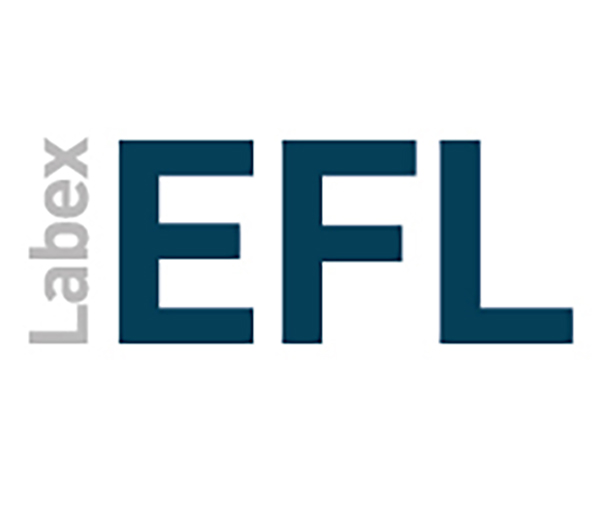Measuring Morphological Canonicity
| Titre | Measuring Morphological Canonicity |
| Publication Type | Article de revue |
| Année de publication | 2011 |
| Authors | Walther, Géraldine |
| Journal | Linguistica |
| Volume | 51 |
| Start Page | 157 |
| Pagination | 157-180 |
| Date de publication | 2011 |
| Mots-clés | Canonical Typology, Defectiveness, Deponency, Formalisation, Heteroclisis, Inflection, Morphology, Overabundance, Suppletion |
| Abstract |
The question of regularity within morphological paradigms has been formerly addressed within approaches falling in the scope of Canonical Typology (Corbett, 2003). The aim of this paper is to provide a means for assessing the notion of morphological canonicity through original measures developed within our new morphological framework parsli. In particular, we introduce original measures for non-canonical phenomena such as heteroclisis, deponency, defectiveness and overabundance. We introduce parsli a new model for inflectional morphology using an inferential-realisa- tional approach (Matthews, 1974; Zwicky, 1985; Anderson, 1992). Our model precisely pro- vides a formal representation of the lexicon/grammar interface. It relies on a formal definition of a lexical entry and a complete formal apparatus for computing all relevant form realisation rules for each lexeme, including stem formation rules. Realisation rules themselves may be ex- pressed through any suitable realisation-based formalism (e.g. PFM or Network Morphology). We introduce several formal innovations such as inflection zones, that constitute partitions of given inflection classes. They are in particular used in modelling heteroclisis.
|
| URL | http://web.me.com/gwalther/homepage/Publications_(fr)_files/Linguistica51GWalther.pdf |




